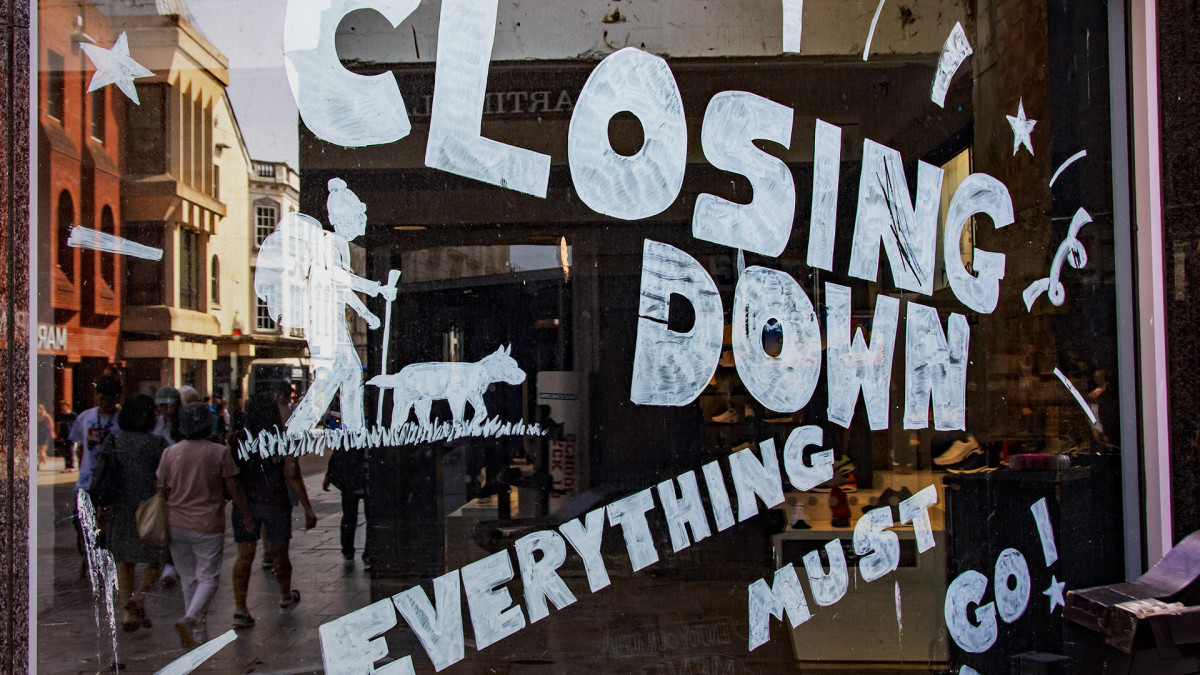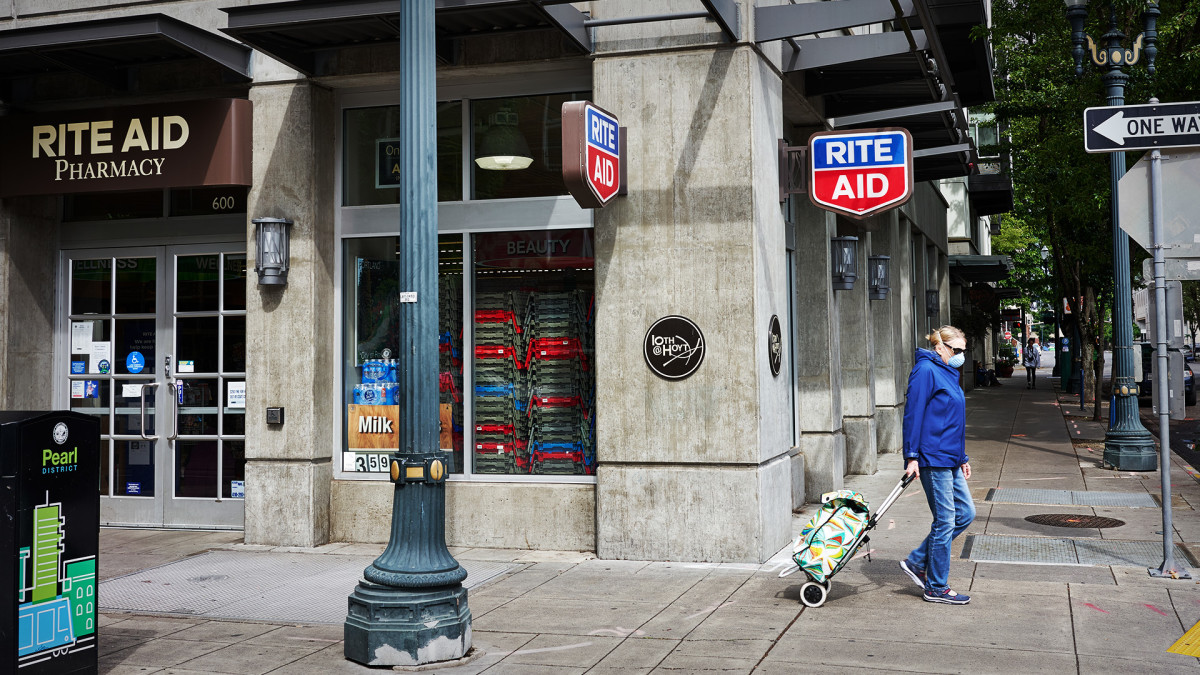
Once a company files Chapter 11 bankruptcy it loses full control of its fate. The business, of course, has a plan and a desired outcome, but a lot can go wrong,
A Chapter 11 bankruptcy filing means that the company plans to reorganize its finances with the hopes of remaining a going concern. That requires a lot of things to happen (and go right) for the company to survive.
Related: Key Walmart and Kroger supplier files Chapter 11 bankruptcy
At the very least, the bankrupt company needs to secure funds to pay its workers. These may come from ongoing operations, new loans, or the sale of an asset.
When that doesn't happen, Chapter 11 quickly becomes Chapter 7. That's essentially what happened with Mitchell Gold + Bob Williams, a furniture maker that intended to reorganize but could not secure the funding it expected to be able to land.
Once that money fell through, all the dominoes fell quickly and the end was nearly immediate. That makes it a strong positive that Rite Aid (RAD) -), the national pharmacy chain that recently filed Chapter 11 bankruptcy, has received court approval to access $3.45 billion in debtor-in-possession financing from some of its lenders.
"This financing is expected to provide sufficient liquidity to support the company throughout this process. Among other things, the court has authorized the company to continue to pay associate wages, salaries, and benefits without interruption, pay vendors and suppliers in full for goods and services," the company shared in a press release.
That approval allows the struggling chain to live to fight another day as it tries to survive its bankruptcy filing. The next step of the process (at least one of them) will involve store closures.

Image source: Shutterstock
Rite Aid is selling leases, closing stores
Before Rite Aid filed, the company had floated the idea of closing as many as 500 stores. Its early plans, however, include selling the leases for a smaller number of stores. The struggling chain has listed 78 Rite Aid and Bartell Drugs neighborhood pharmacy leases, as well as 21 fee-owned properties for sale, pending approval by the U.S. Bankruptcy Court for the District of New Jersey.
The owned and leased stores range from 6,400 to 37,154 feet and all leases being offered have at least 10 years remaining on their terms. In some cases that means the leases could be well below current market value because Rite Aid leased the properties on very long-term deals many years ago.
These closures, which impact stores in 12 states, will not be the only ones for the chain.
A&G Real Estate partners will be marketing the leases for the pharmacy chain.
"As the company's restructuring process moves forward in the weeks ahead, A&G will market additional leases, with the total number depending on the outcome of ongoing negotiations between A&G and Rite Aid landlords. The quickly moving plan centers on exiting certain locations to ensure optimal performance of Rite Aid's real estate footprint," the company shared.
Rite Aid, in its bankruptcy filing, has called unprofitable stores an impediment to its turnaround efforts. Selling leases will not only bring some cash to the company, it will also lessen its obligations and, in theory, cut its losses.
Jeffrey Stein, who became CEO when Rite Aid filed Chapter 11 claimed in court documents that Rite Aid has $80 million in "dead rent" costs annually that it could not shed without Chapter 11 protections.
"Those stores challenge the company’s earnings profile, turnaround initiatives, and free cash flow,” he said.
A&G Co-President Andy Graiser made it clear that selling these leases is an important part of the company's turnaround efforts.
"Rite Aid, which operates more than 2,100 retail pharmacy locations across 17 states, is working collaboratively with its financial stakeholders to reduce its debt and position its business for success. Portfolio optimization is a powerful and essential part of that go-forward strategy," he said.







